A simple ratio from your blood count that reflects immune balance and inflammation.
Securely stored in EU
Cancel anytime
Test 100+ biomarkers
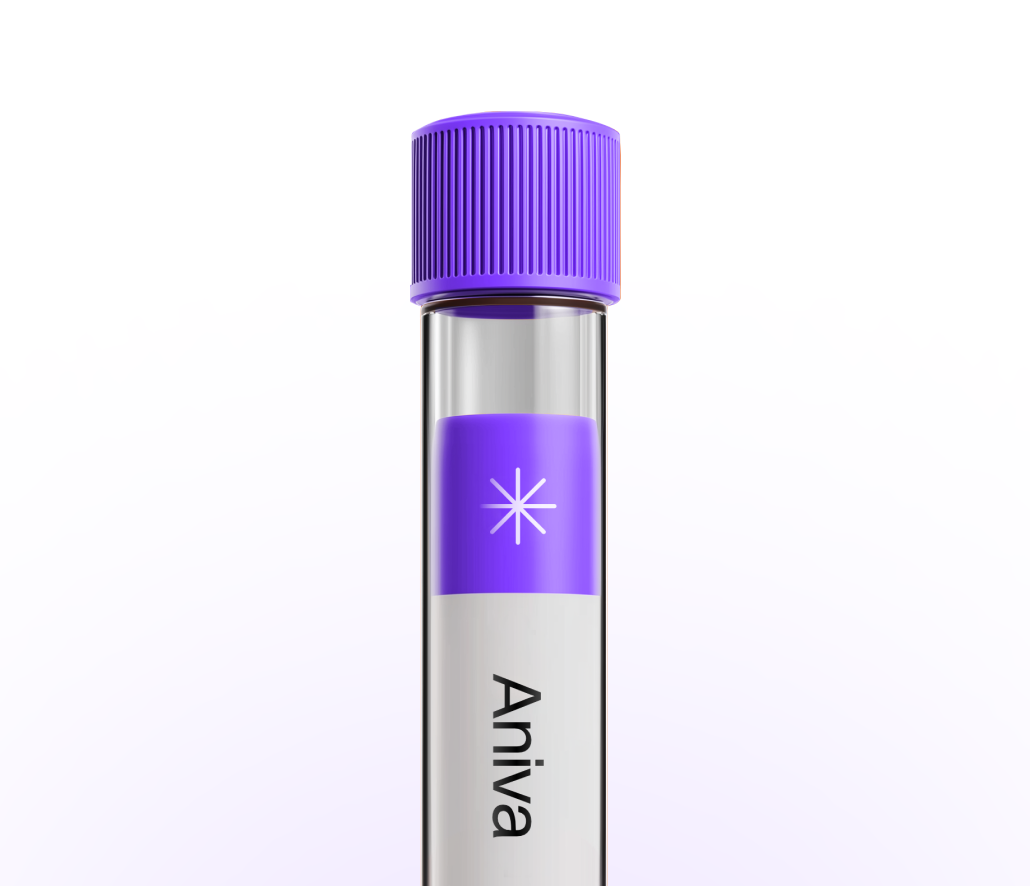
Less than 5 minutes waiting time. One
simple test at one of our 20+ locations.
Get your lab reports within one week.
Accessible on our app and per PDF.
All your health records stored
in a single, convenient place.

Clinicians sometimes review the Neutrophil/Lymphocyte Ratio alongside a complete blood count to gauge the body’s inflammatory or stress response. It can help put symptoms, recovery after illness, or treatment response into context, and may guide follow-up tests. Tracking trends over time is often more informative than a single value. You can test this marker with Aniva across Germany and Finland.
Clinicians sometimes review the Neutrophil/Lymphocyte Ratio alongside a complete blood count to gauge the body’s inflammatory or stress response. It can help put symptoms, recovery after illness, or treatment response into context, and may guide follow-up tests. Tracking trends over time is often more informative than a single value. You can test this marker with Aniva across Germany and Finland.
High: Can be seen with active inflammation, infection, or physiologic stress; smoking and corticosteroids may raise it. Consider repeating when well and reviewing CRP and the CBC differential.
Low: May occur during recovery or with relative lymphocyte predominance; can also reflect normal variation. Look at absolute neutrophil and lymphocyte counts and your symptoms. NLR is not guideline-endorsed; no standardized cutoffs—use trends and clinical context.
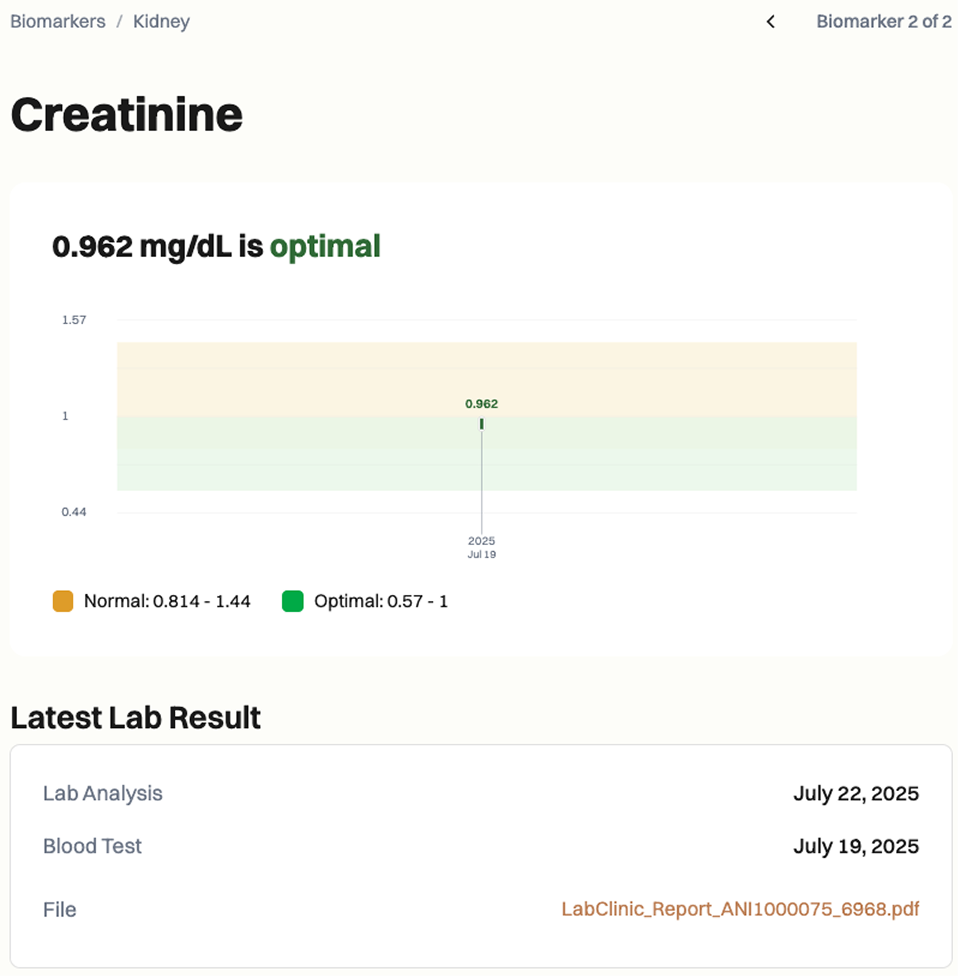
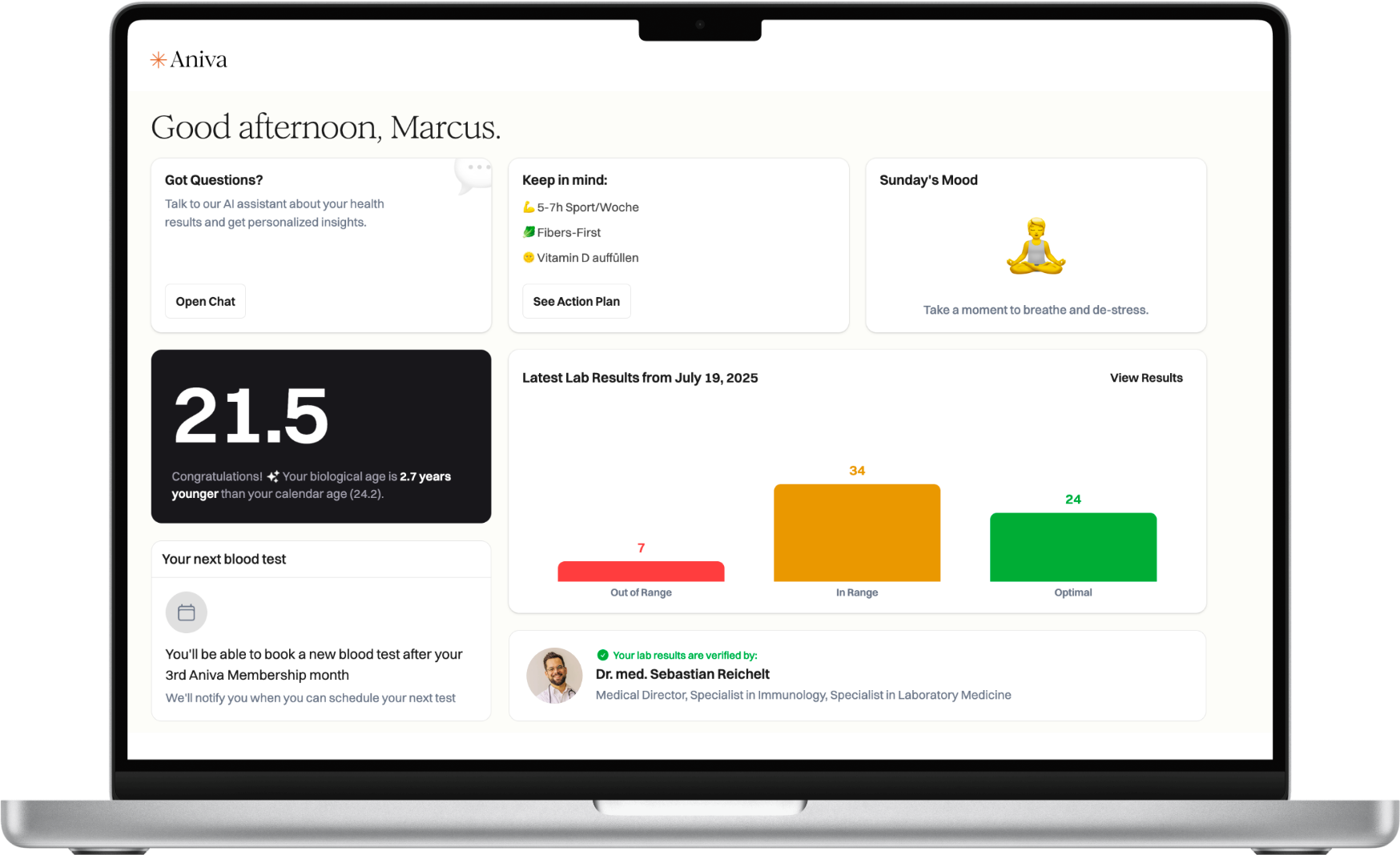
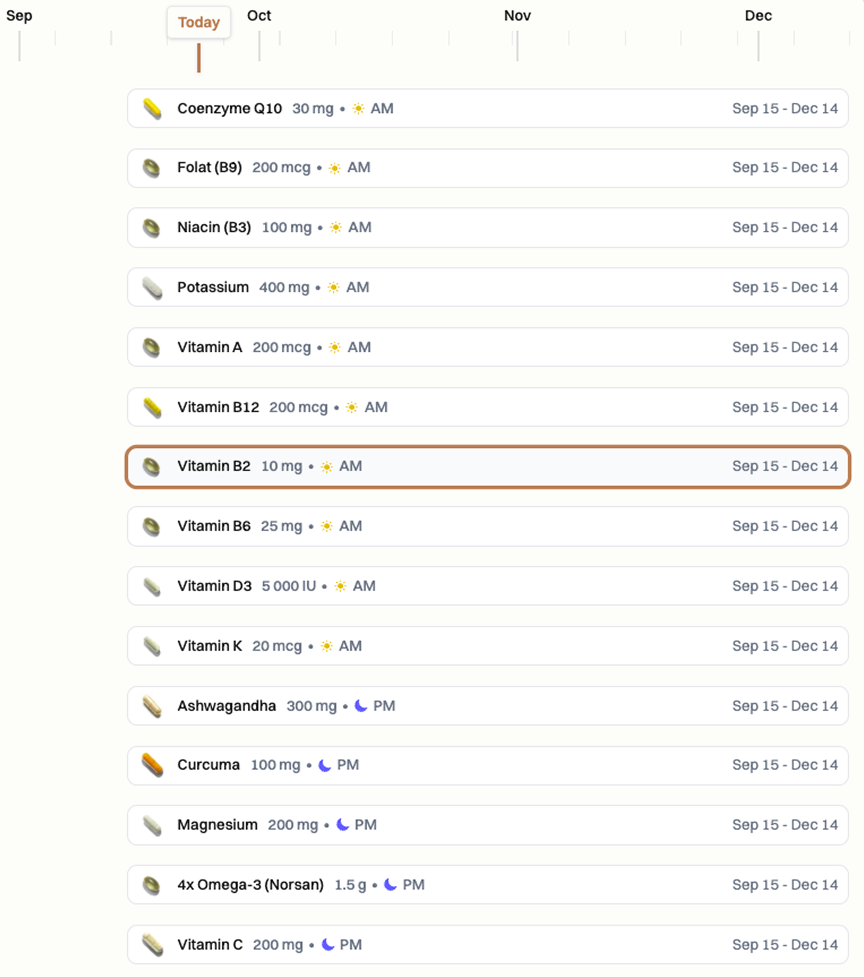
Common factors that can skew results include acute infections, recent vaccination or surgery, significant physical or emotional stress, and time of day. Medications such as corticosteroids, beta-agonists, and epinephrine can raise neutrophils; some immunosuppressants may lower lymphocytes. Smoking, heavy alcohol use, dehydration, and intense exercise can also shift white cell counts. Pregnancy and the menstrual cycle may cause mild changes.
Special situations: during chemotherapy, immunosuppression, autoimmune flares, or acute illness, confirm with repeat testing and assess alongside other markers.
What does my NLR mean in plain terms? It compares neutrophils to lymphocytes. Higher values can appear with inflammation or stress; lower values may reflect recovery or normal variation.
What can affect NLR results? Recent illness, vaccines, surgery, hard exercise, stress, smoking, alcohol, time of day, pregnancy, and medicines like steroids can change it.
Do I need to fast for this test? No. Fasting is not required for NLR or a standard CBC.
How often should I test it? Usually when you have a CBC. Recheck after recovery from illness or if your clinician wants to monitor trends.
How quickly will I get results? Most labs report within 1–2 working days.
What should I discuss with my clinician? Share symptoms, recent infections or vaccines, all medicines and supplements, and whether to repeat the test or add markers like CRP.

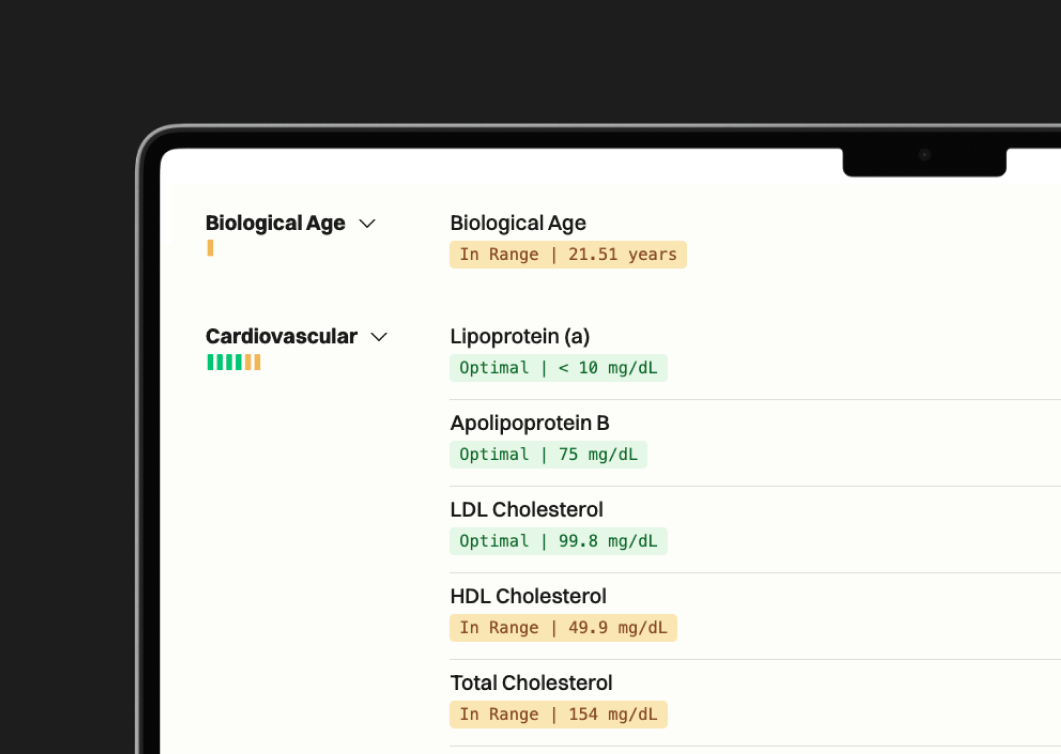

One annual blood test (100+ biomarkers)
Clinician-reviewed insights
Personalized action plan
Access to our AI Concierge
Access to curated products


63%
44%
70%